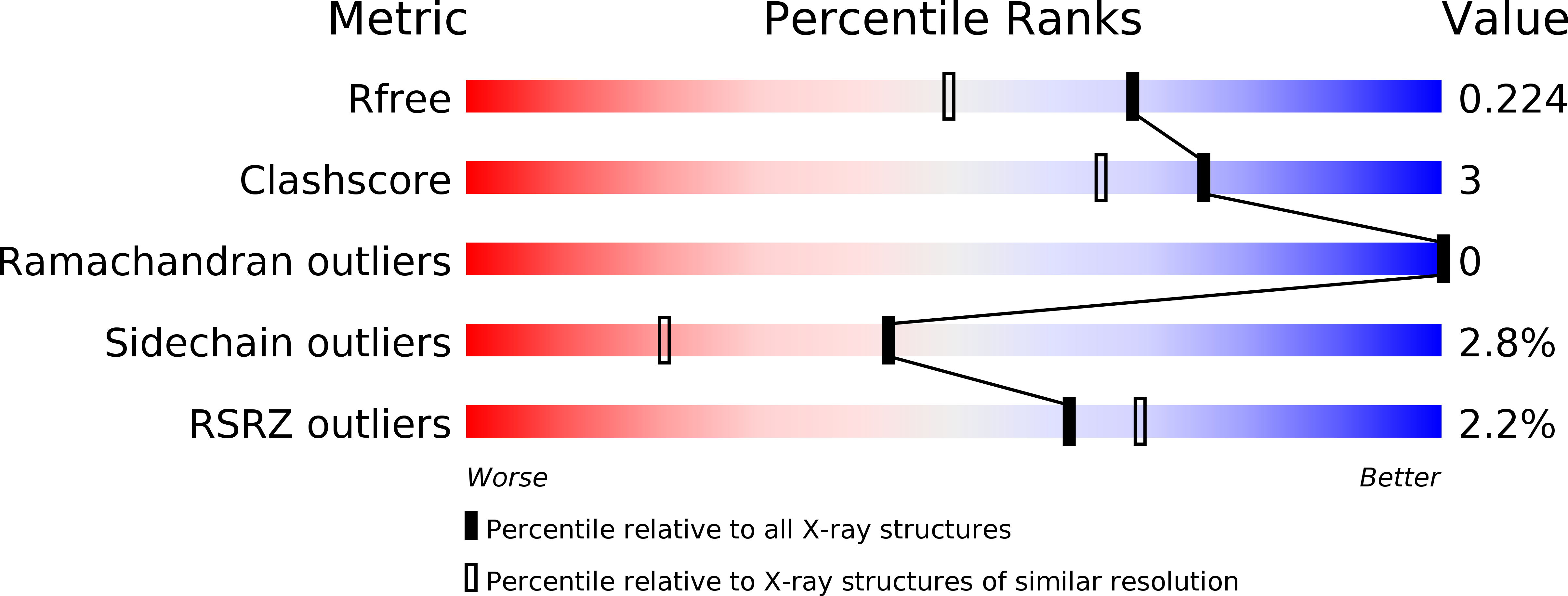
Deposition Date
2018-01-15
Release Date
2018-04-25
Last Version Date
2024-05-08
Entry Detail
PDB ID:
6FHO
Keywords:
Title:
Crystal structure of pqsL, a probable FAD-dependent monooxygenase from Pseudomonas aeruginosa - new refinement
Biological Source:
Source Organism:
Host Organism:
Method Details:
Experimental Method:
Resolution:
1.75 Å
R-Value Free:
0.21
R-Value Work:
0.17
R-Value Observed:
0.18
Space Group:
P 21 21 21


